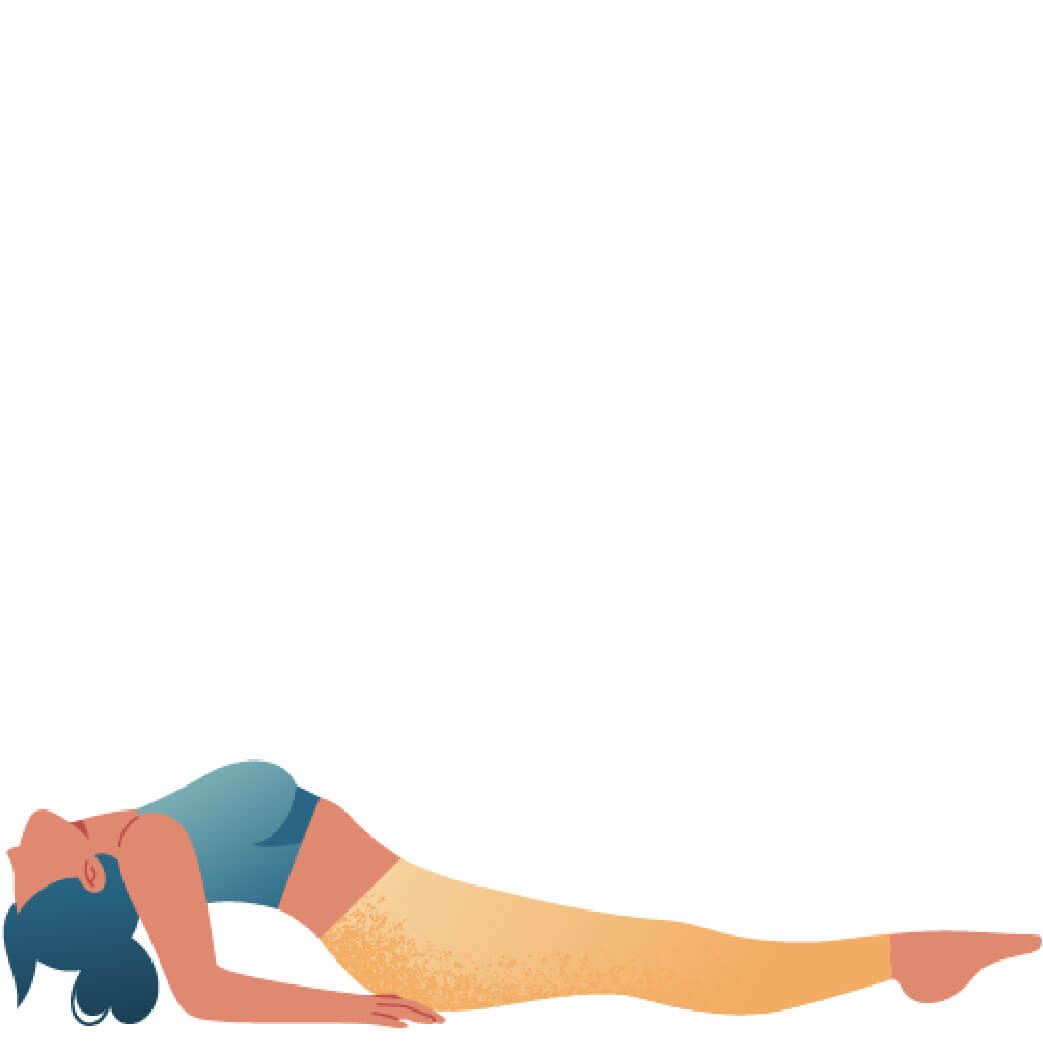
- Sanskrit (Original): test
- Etymology: test
- Fun Fact about the pose: test
- Asana Type: Backbend, Restorative
- Main length muscle groups: ["back leg","arm"]
- Main strength muscle groups: ["back leg","both legs"]
- Vinyasa Breath: Exhale
Customer Service

Pose variations can be anything that makes the original pose easier or more simple but also anything making it more challenging or adding complexity.
Preparatory poses are poses that have a similar shape to the pose you want to prepare for but maybe in a different alignment towards gravity and/or poses that target specific body areas to warm up, stretch or strengthen in order to lead to the final pose. Include preparatory poses when you build yoga sequences.
Counter poses serve to balance the body back into neutral after a pose or a set of same poses. E.g. symmetrical poses balancing asymmetrical poses, forward folds or twists balancing backbends, balancing challenging poses with restorative poses. Use counter poses to build sequences that feel amazing – you can use our free Sequence Builder tool to get started.


test
Doreen
Content Manager at TINT | Passionate Yoga Teacher
Sample Answer